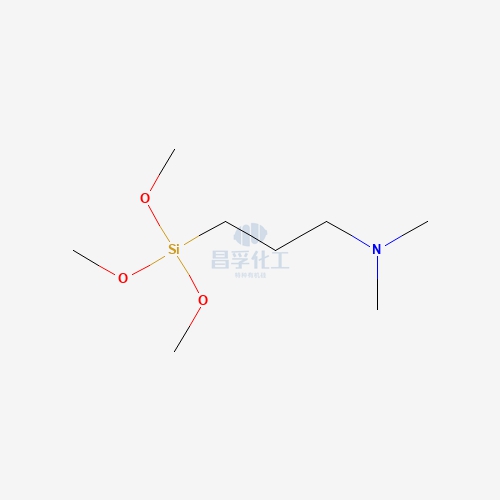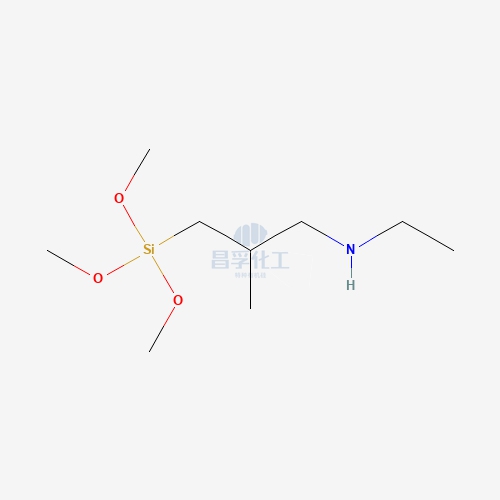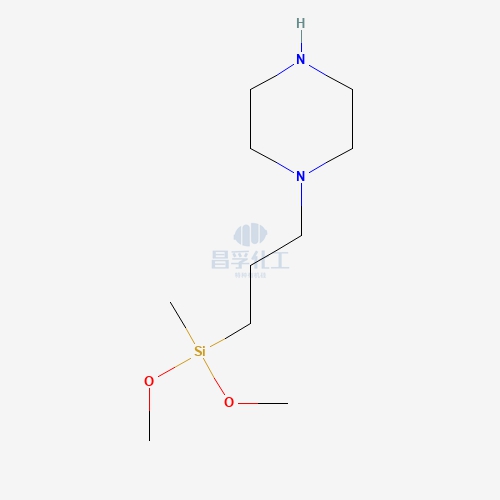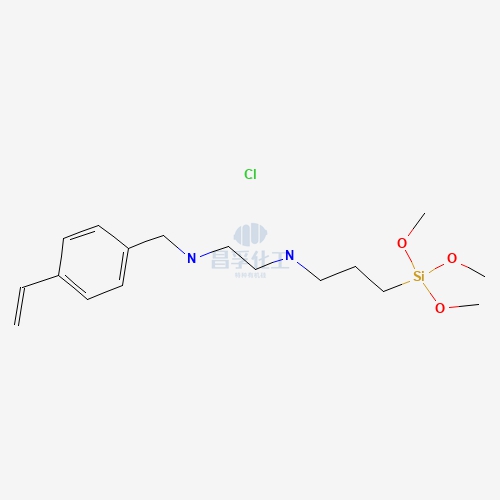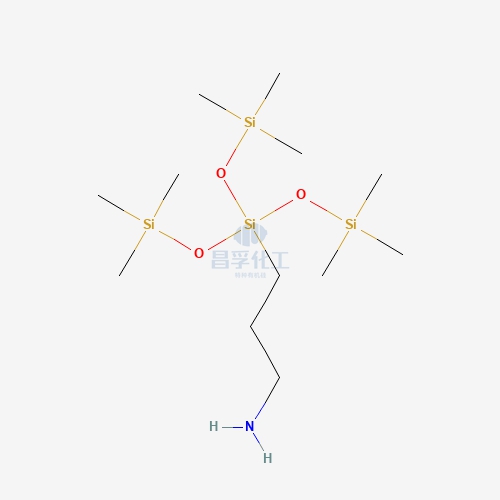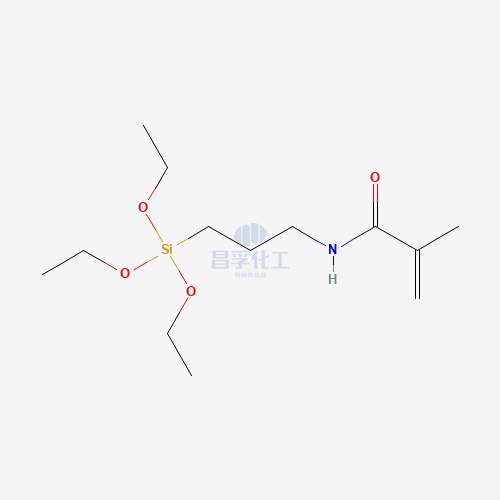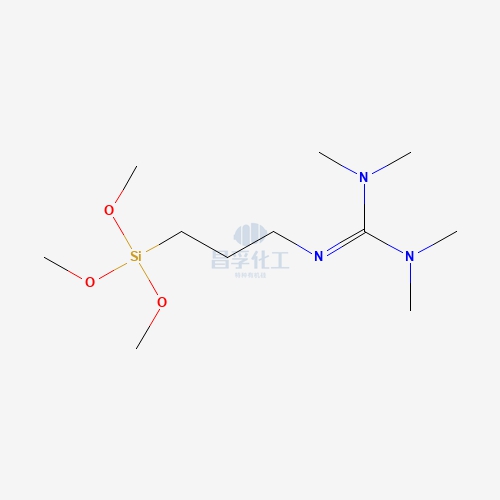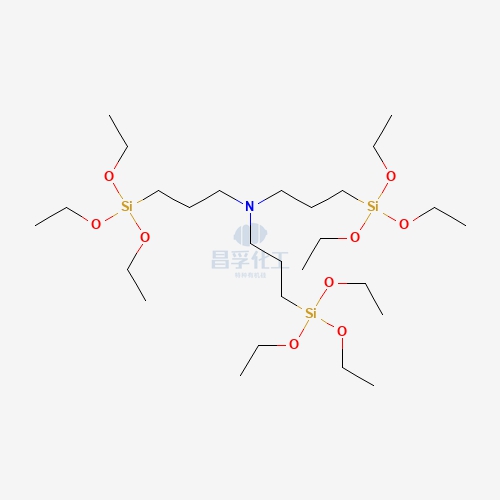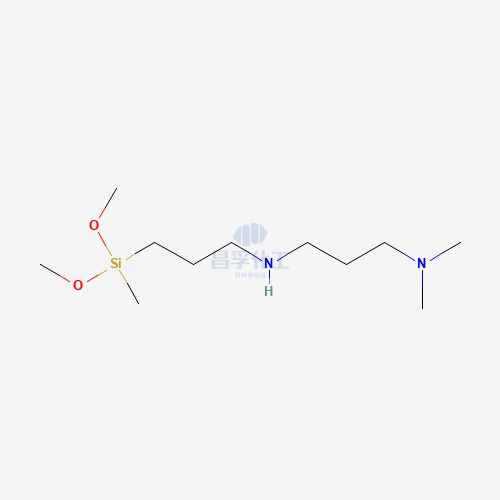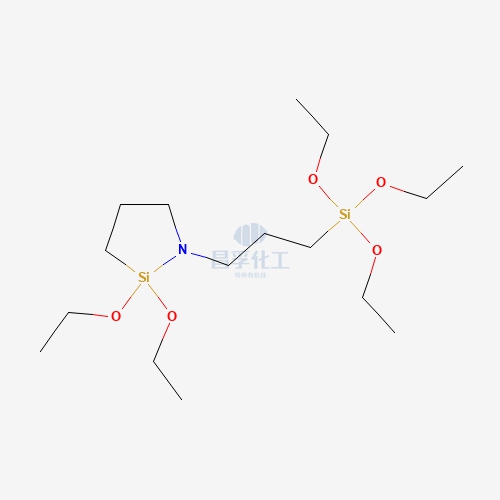
Contact Changfu Chemical Now!
+86 27 8439 6550 | +86 181 6277 0058
What is Silicone Modeling Compound? – A Comprehensive Guide
What is Silicone Modeling Compound?
Silicone modeling compound is a highly versatile material used across various industries, from arts and crafts to engineering and medical applications. At its core, it is a putty-like substance made primarily from silicone, a polymer known for its flexibility, durability, and resistance to extreme temperatures. Its malleability allows users to mold it into detailed shapes before it hardens, making it perfect for creating reusable molds, prototypes, and sculptures.
Composition of Silicone Modeling Compound
The components of silicone modeling compound are designed to provide both flexibility and strength. Some products may include additional fillers or catalysts to enhance performance.
Silicon Rubber
Silicone rubber serves as the primary material, ensuring flexibility and high-temperature resistance. It is derived from silicon, oxygen, carbon, and hydrogen, making it robust yet pliable.
Catalysts and Curing Agents
Catalysts are added to speed up the curing process, which is the time it takes for the compound to harden completely. Some silicone compounds require exposure to air, while others need a chemical reaction between two components to set.
Fillers
Fillers are sometimes added to improve the compound’s texture, strength, or specific properties such as resistance to tearing or increased durability.
Types of Silicone Modeling Compounds
1-Part Silicone Compound
- Ready-to-Use: Comes pre-mixed and ready to apply.
- Air-Curing: Cures when exposed to air, usually within a few hours.
- Ideal for Simple Molds: Good for quick projects but has limited working time.
2-Part Silicone Compound
- Mixing Required: Two components (base and catalyst) need to be mixed before use.
- Adjustable Curing Time: Users can control curing speed by adjusting the ratio.
- High Precision: Preferred for detailed molds and industrial applications.
Key Properties of Silicone Modeling Compound
Heat Resistance
Silicone modeling compound can withstand temperatures up to 400°F (204°C) or more, making it suitable for casting hot materials such as wax and resin.
Flexibility
Even after curing, silicone retains its elasticity, which allows for easy demolding without breaking the object or mold.
Waterproof and Weatherproof
Silicone's water resistance makes it ideal for outdoor applications and molds that come into contact with liquids.
Non-Toxic and Safe
Most silicone modeling compounds are non-toxic, which makes them suitable for food-grade molds, medical devices, and children's projects.
Longevity and Durability
Silicone molds can last for many uses without losing detail or shape, making them more cost-effective in the long run.
Applications of Silicone Modeling Compound
Arts and Crafts
Silicone modeling compound is widely used for creating detailed molds for jewelry, resin sculptures, candle holders, and figurines. The flexibility of silicone allows artists to cast intricate designs with precision.
Prototyping and Engineering
Engineers and manufacturers use silicone molds to create prototypes of mechanical parts before moving to large-scale production. This process helps identify potential issues and fine-tune designs.
Special Effects in Film and Theater
In the entertainment industry, silicone is used to craft prosthetics, masks, and special effects, such as realistic wounds or creature designs. Its lifelike texture makes it a favorite among makeup artists.
Medical and Dental Applications
Medical professionals use silicone molds to make dental impressions, orthopedic devices, and prosthetics. The material's non-toxic properties ensure it’s safe for contact with the human body.
Food Industry
Food-grade silicone compounds are popular for creating molds used in baking, chocolate-making, and candy production. They can withstand high heat and are easy to clean, making them ideal for culinary purposes.
How to Use Silicone Modeling Compound
Step 1: Preparation
Make sure your tools and work area are clean. For 2-part silicone, carefully measure and mix the components according to the manufacturer’s instructions. If necessary, apply a release agent to prevent the mold from sticking to the object.
Step 2: Shaping
Press the silicone compound around the object you want to replicate or shape it by hand into your desired form. Take your time to capture every detail, especially for intricate designs.
Step 3: Curing
Allow the compound to cure fully. The curing time will depend on the type of silicone used—some compounds may set in minutes, while others take hours.
Step 4: Demolding
Once cured, gently remove the mold or object. The flexibility of silicone ensures easy demolding without damage.
Benefits of Using Silicone Modeling Compound
- Captures Fine Details: Ideal for intricate projects with small or delicate features.
- Reusable: Silicone molds can be used multiple times, making them cost-effective.
- Versatile: Works well with materials like resin, plaster, wax, and even low-melting-point metals.
- Durable: Resistant to tearing, warping, and environmental factors.
- Safe: Non-toxic compounds are available for medical and food applications.
Challenges and Limitations
- Cost: High-quality silicone compounds can be more expensive than other molding materials like clay or plaster.
- Limited Working Time: Some compounds cure quickly, leaving little room for error.
- Messy Application: If not handled properly, silicone can stick to surfaces and be difficult to remove.
Choosing the Right Silicone Modeling Compound
- Project Type: Consider whether you need a 1-part or 2-part silicone compound based on the complexity of your project.
- Temperature Resistance: For high-heat applications, choose a compound with a higher temperature tolerance.
- Curing Time: Select a product with a curing time that fits your workflow.
Common Mistakes to Avoid
- Incorrect Mixing Ratios: In 2-part compounds, improper ratios can cause incomplete curing or uneven textures.
- Skipping Release Agent: Always use a release agent when necessary to avoid molds sticking to the object.
- Rushing the Curing Process: Allow adequate time for the compound to cure fully to avoid defects.
Silicone Modeling Compound vs. Clay
- Clay: Easy to use and affordable but fragile after drying and not suitable for reusable molds.
- Silicone: Offers better durability, flexibility, and reusability, making it the preferred choice for professional applications.
Caring for Silicone Molds
- Clean After Use: Wash molds with mild soap and water to remove any residue.
- Store Properly: Keep molds in a cool, dry place to prevent degradation.
- Avoid Sharp Tools: Do not use sharp objects that can damage the mold surface.
Environmental Considerations
While silicone is more eco-friendly than many plastics due to its durability, it is not biodegradable. However, its long life and reusability help reduce waste over time. Consider recycling or repurposing silicone products when possible.
Conclusion
Silicone modeling compound is an essential material for professionals and hobbyists alike. Its unique combination of flexibility, durability, and precision makes it ideal for a wide range of applications—from arts and crafts to engineering and medical use. Whether you're creating detailed sculptures, making molds for prototypes, or designing prosthetics, silicone modeling compound offers unmatched versatility.
Popular Silicon Compounds
Popular Silicon Compounds
Related News & Blog
Related News & Blog


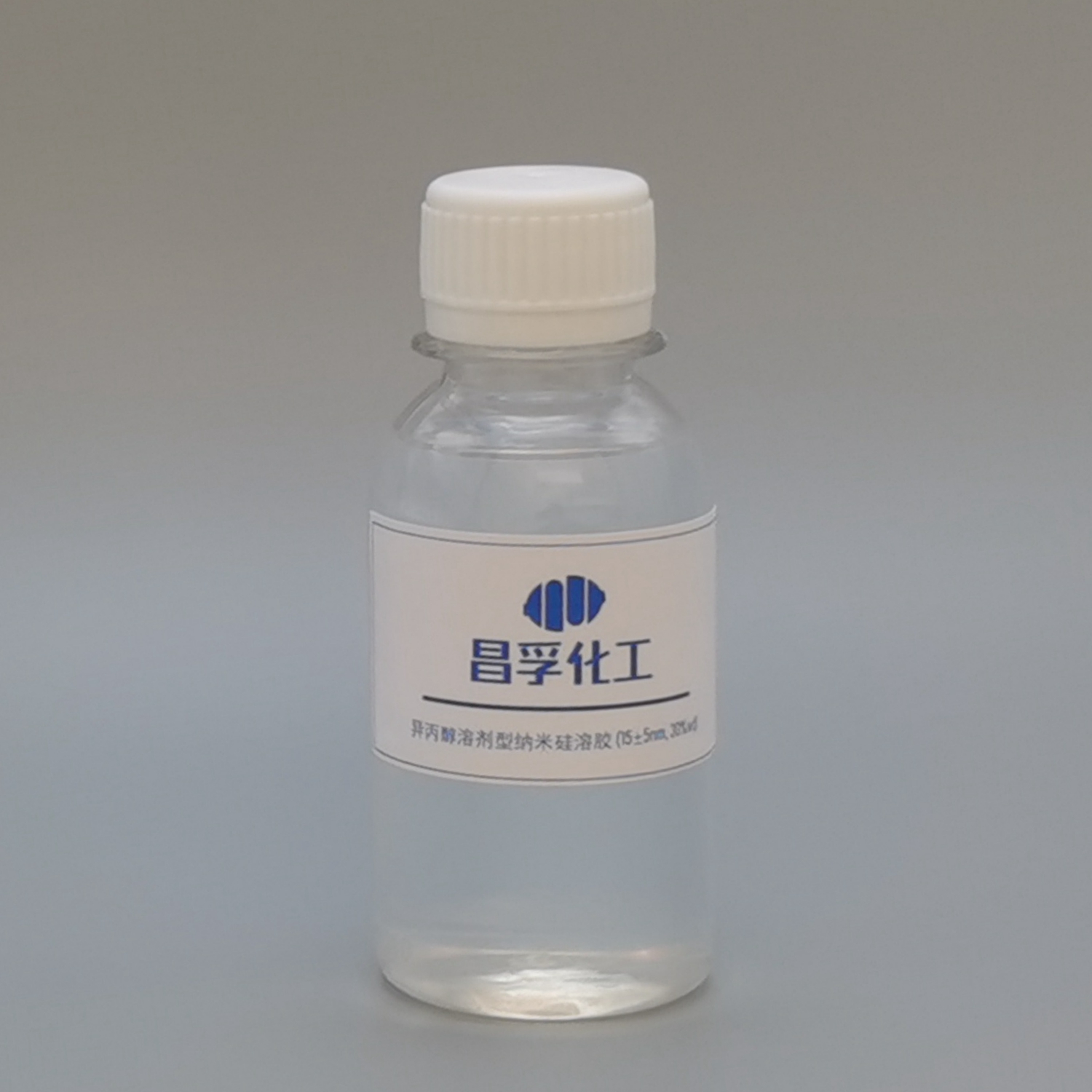
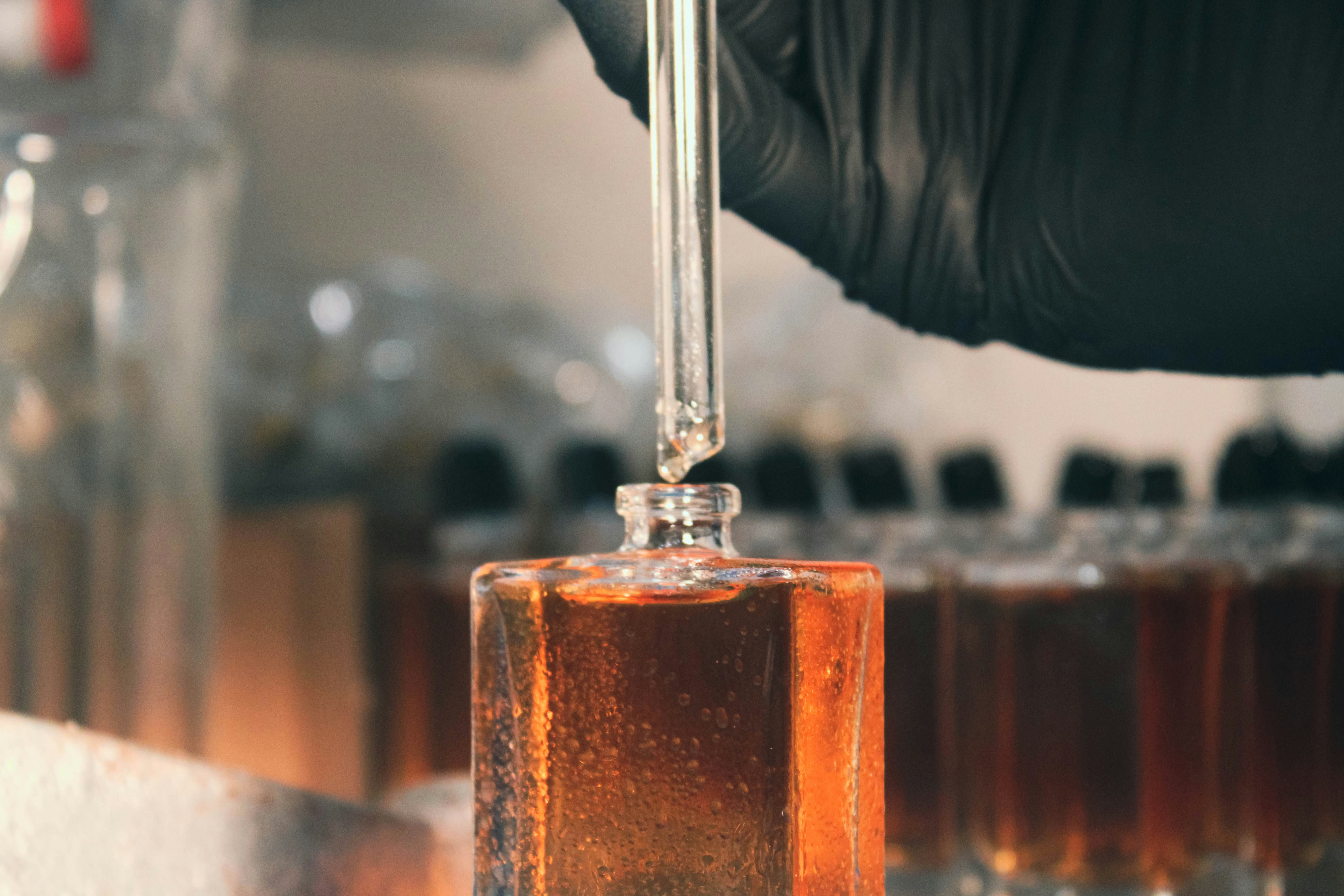

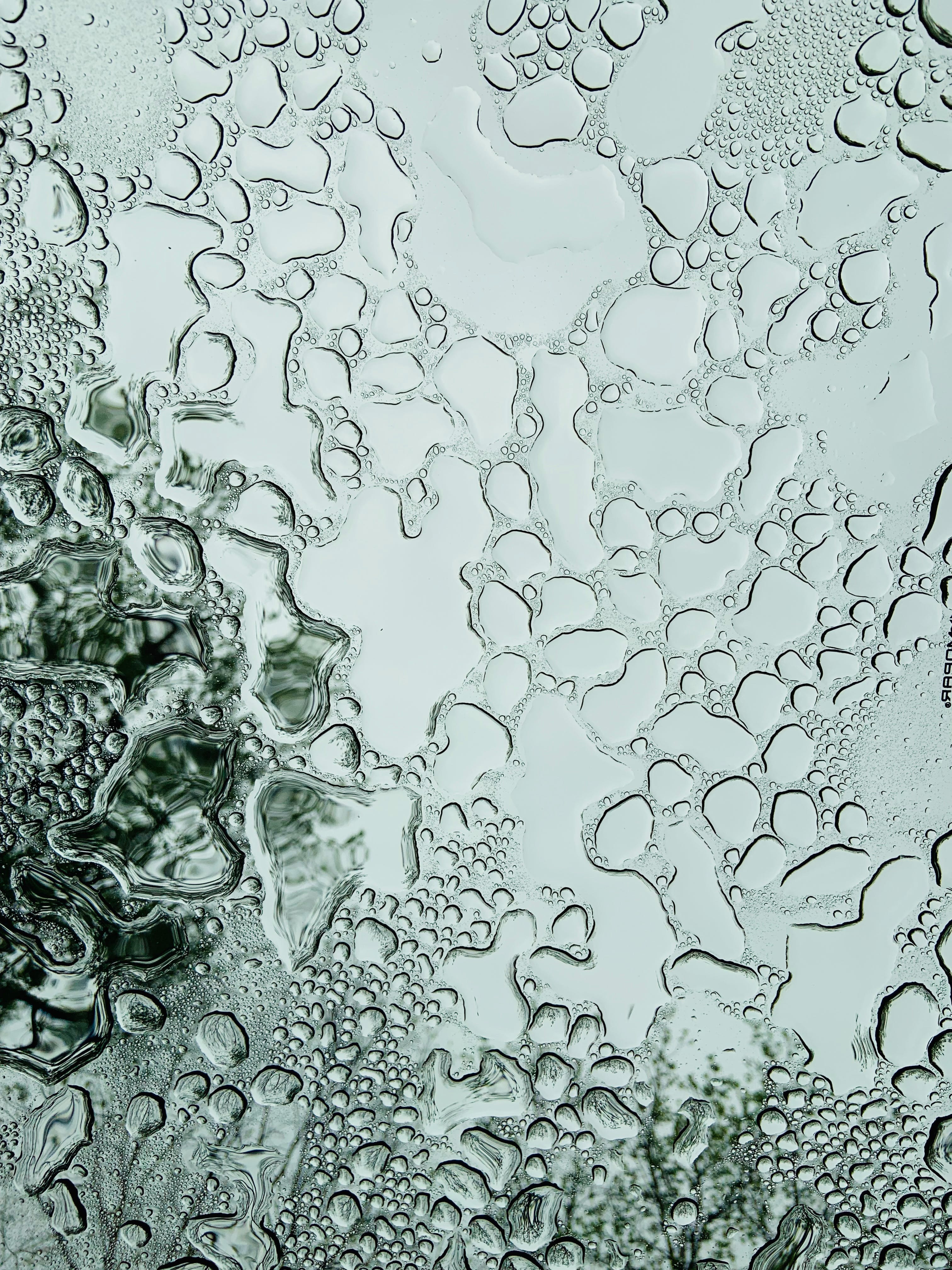




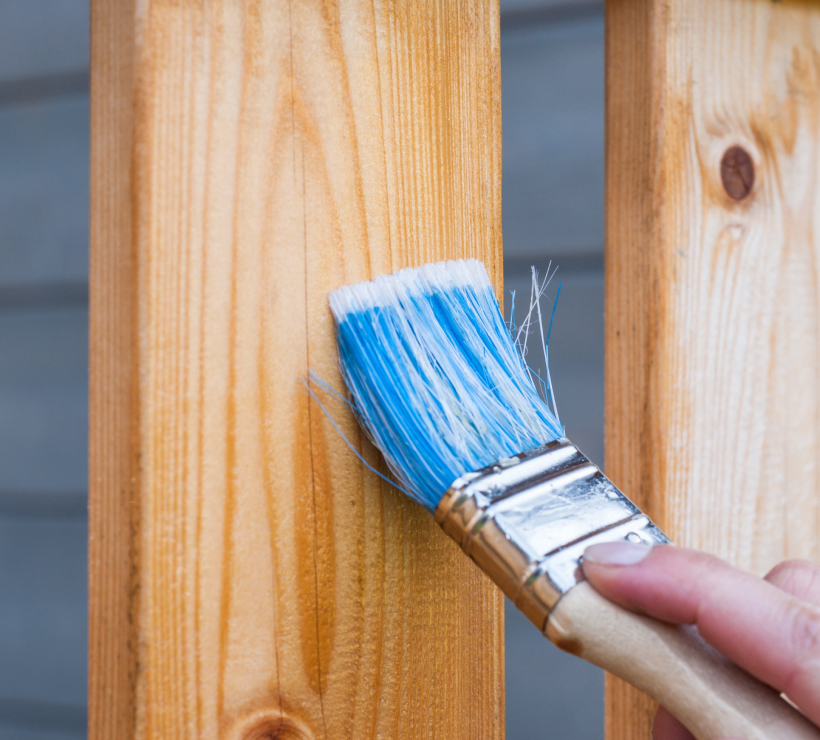

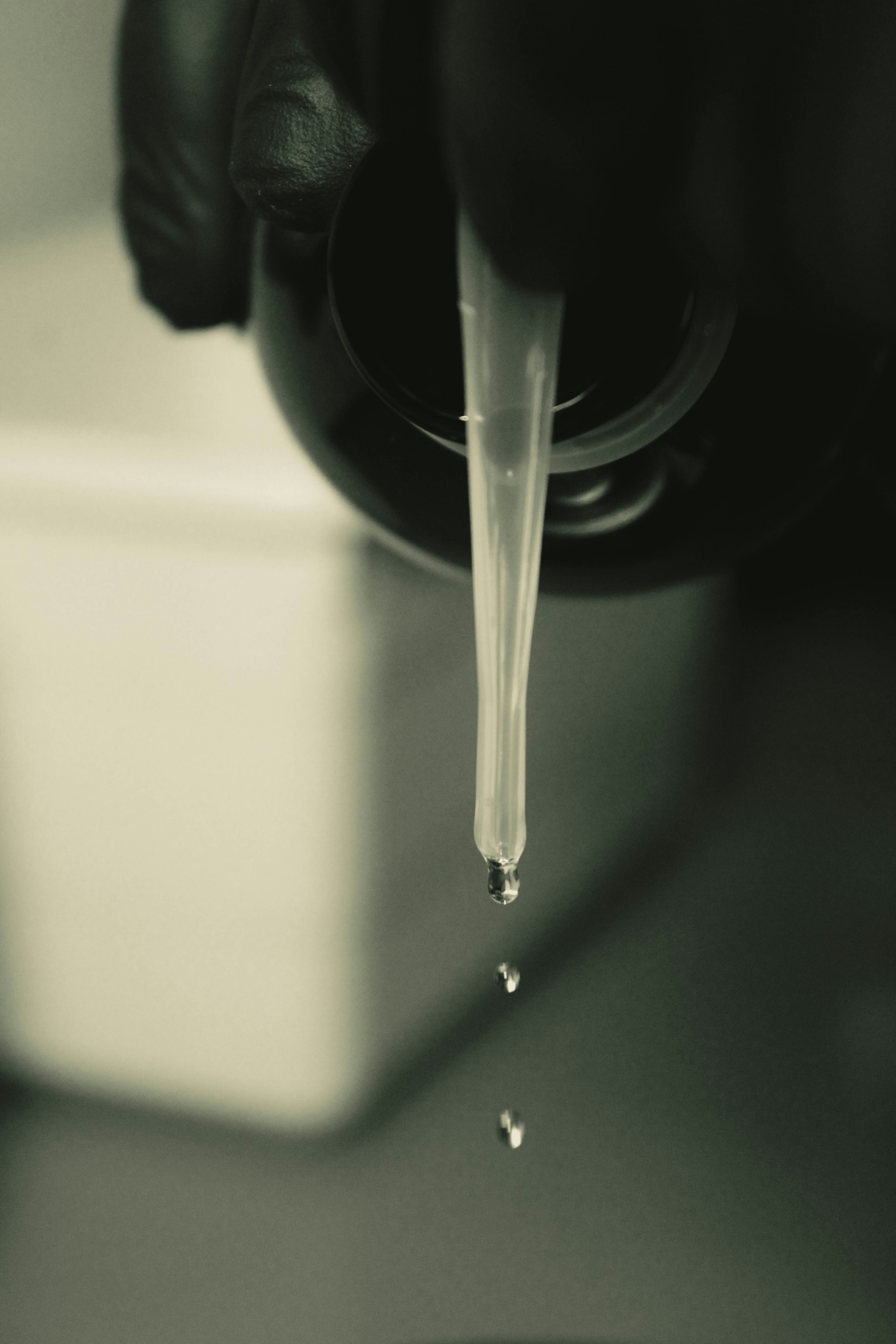











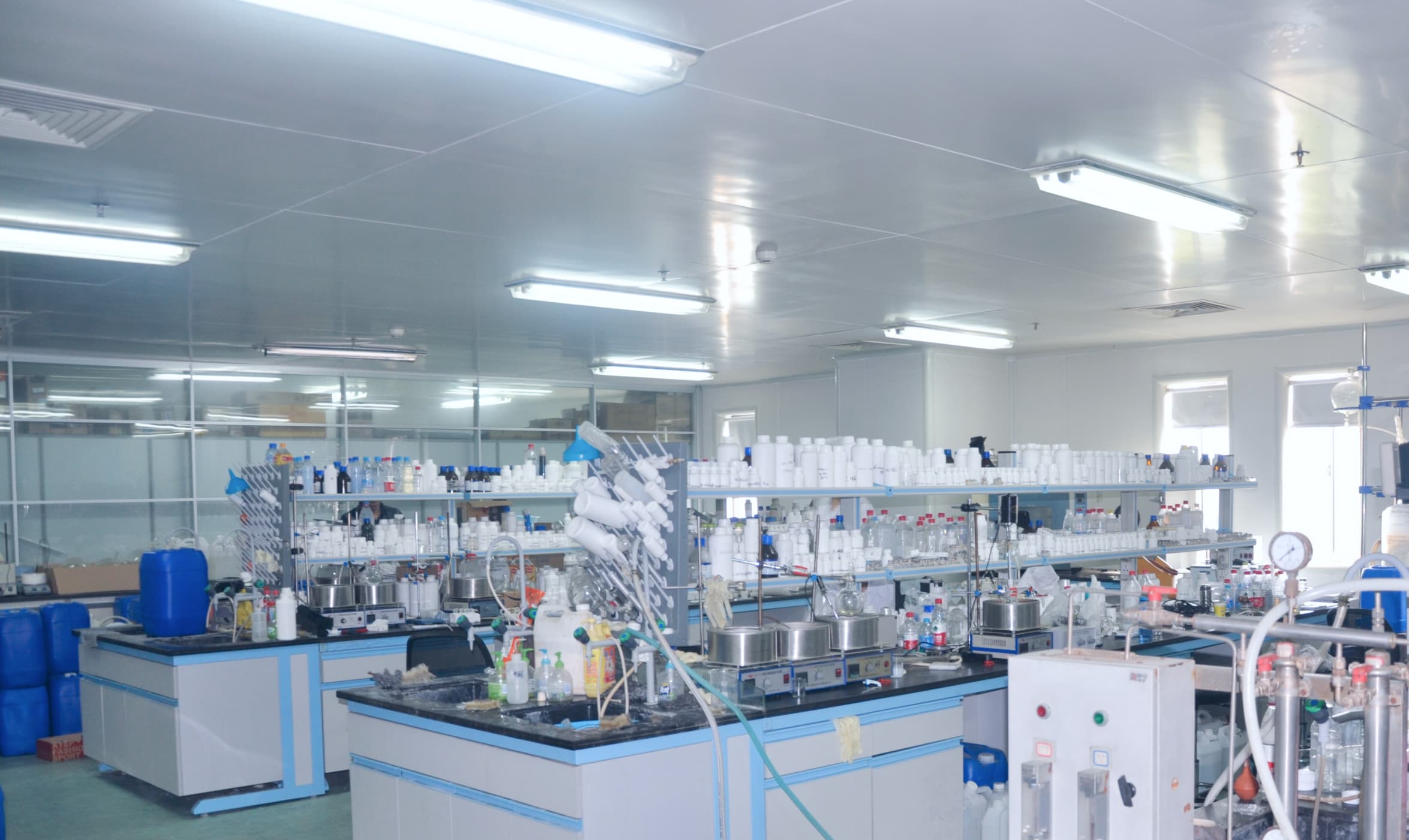


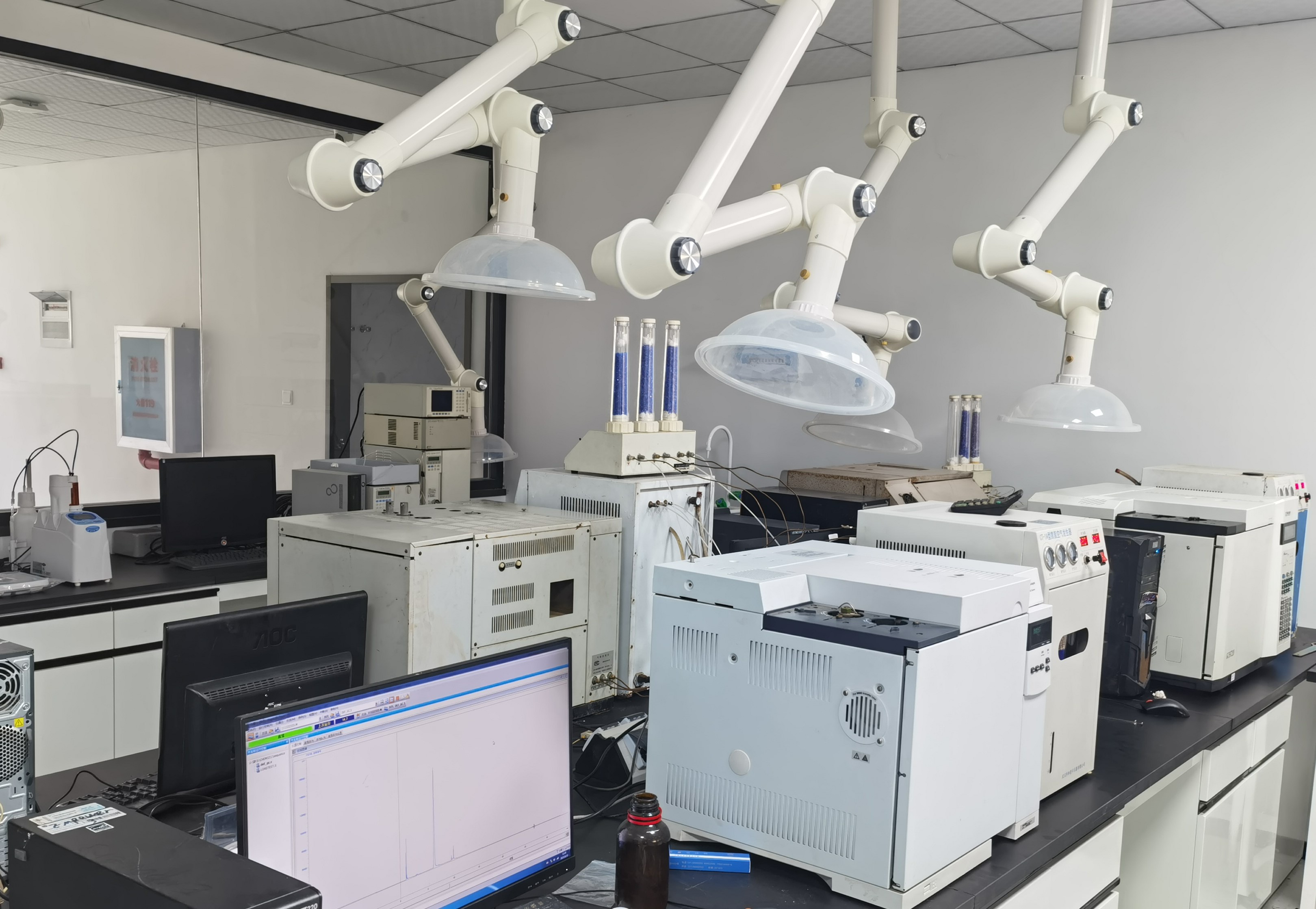



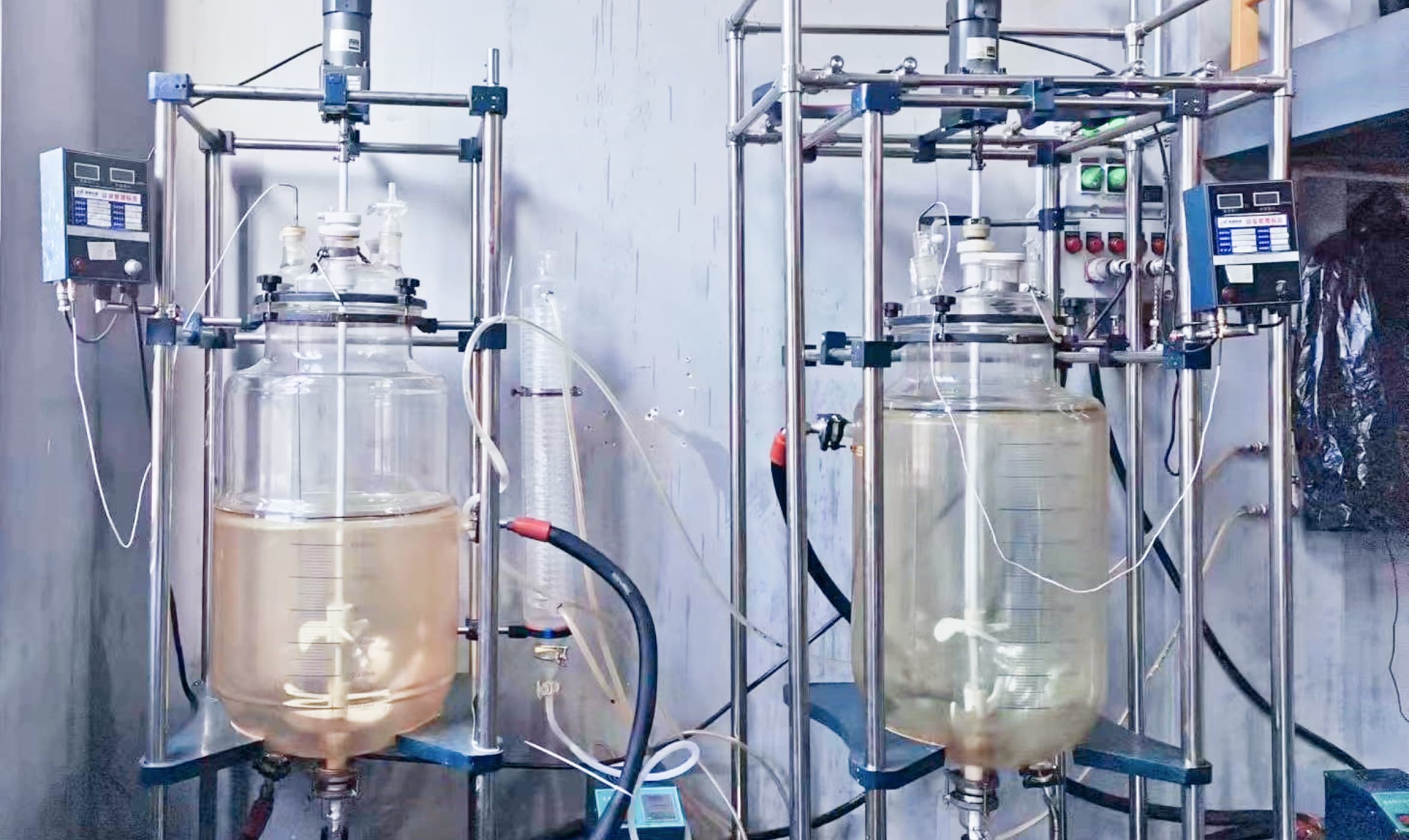



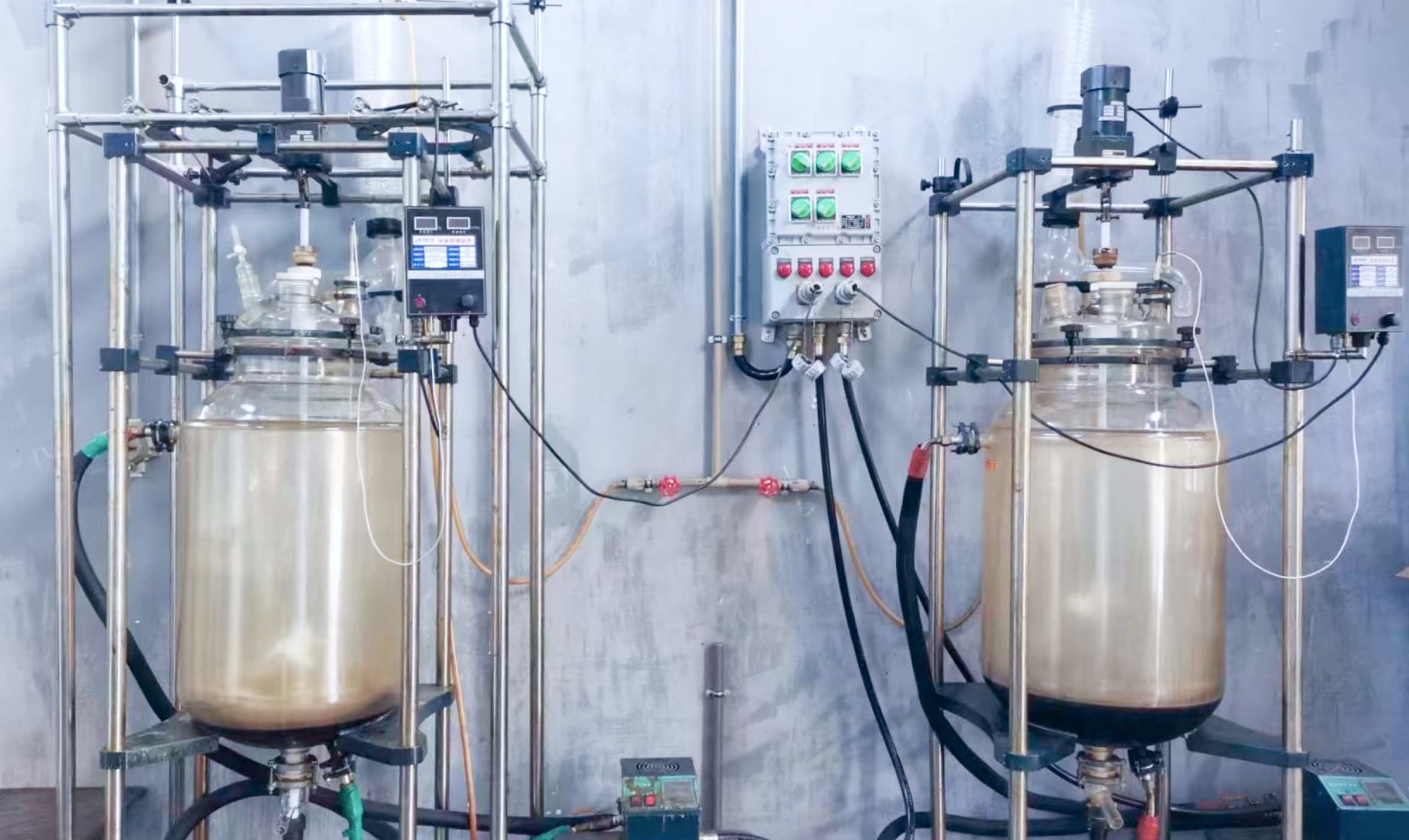
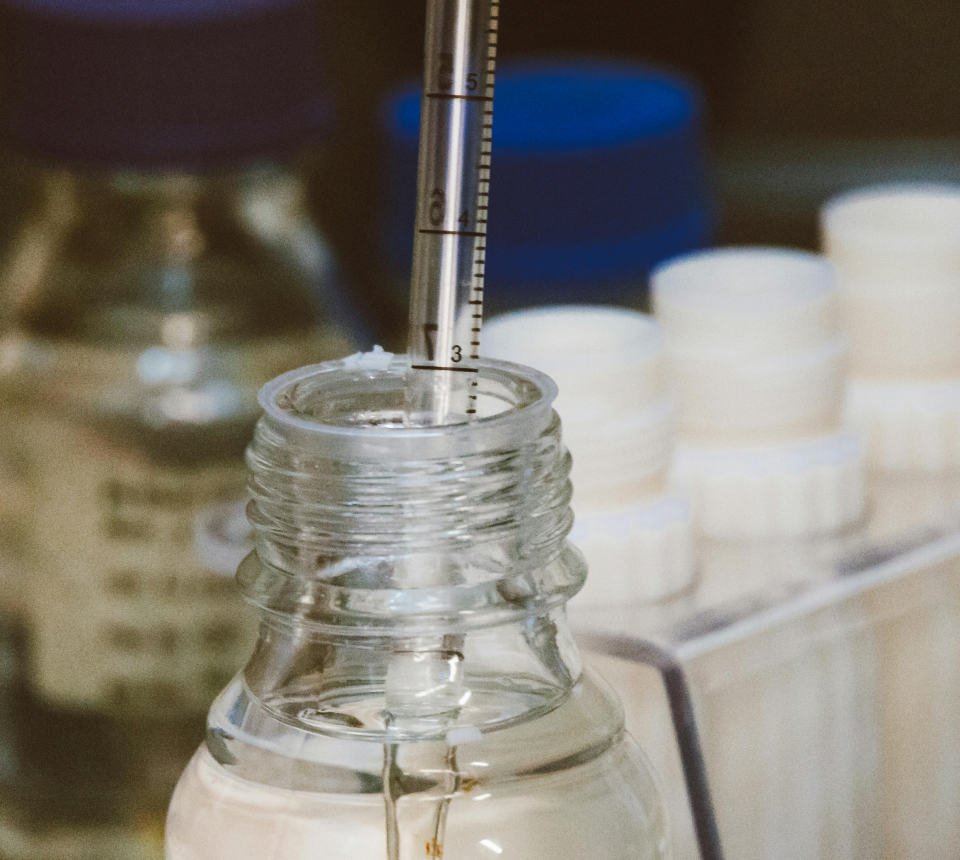





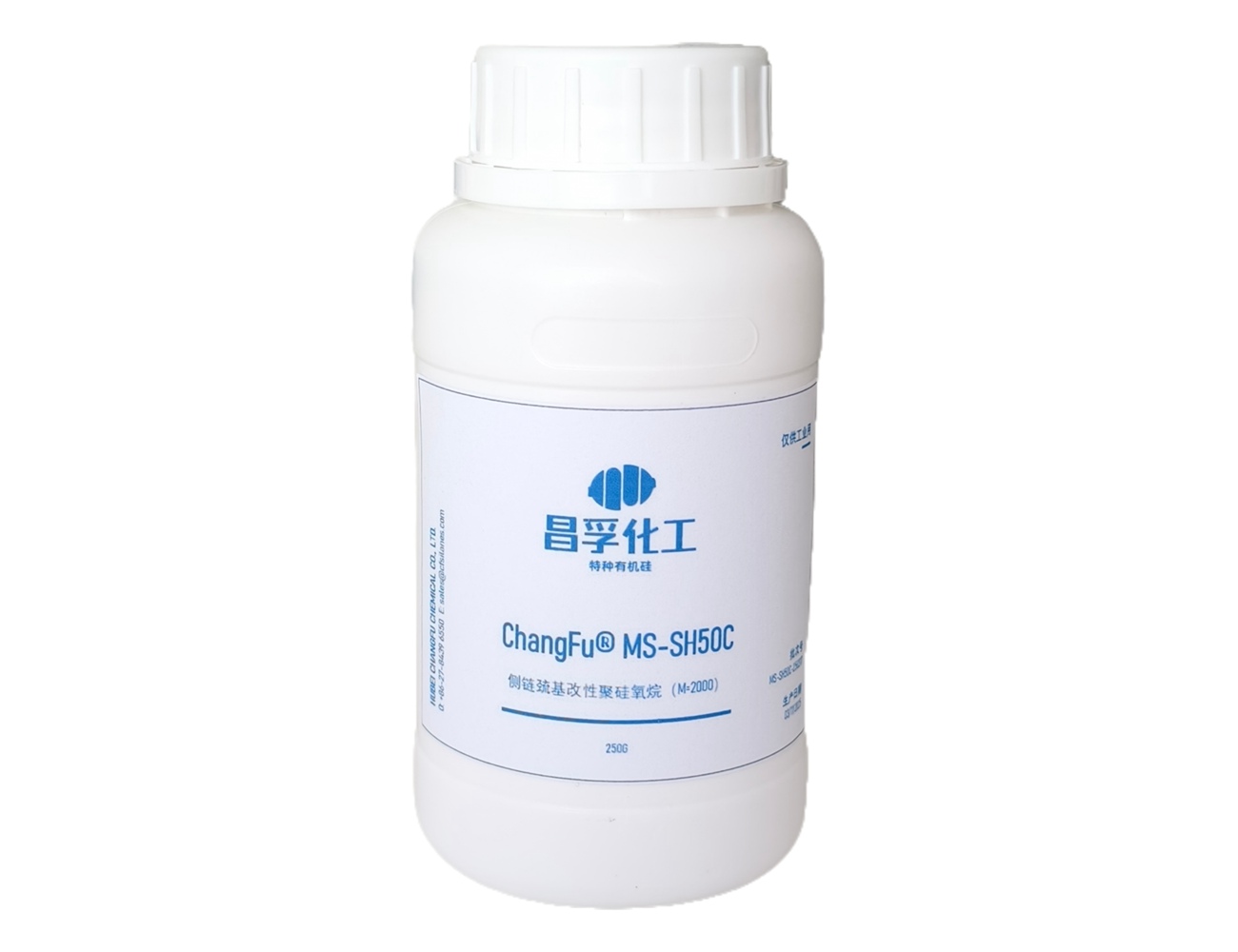



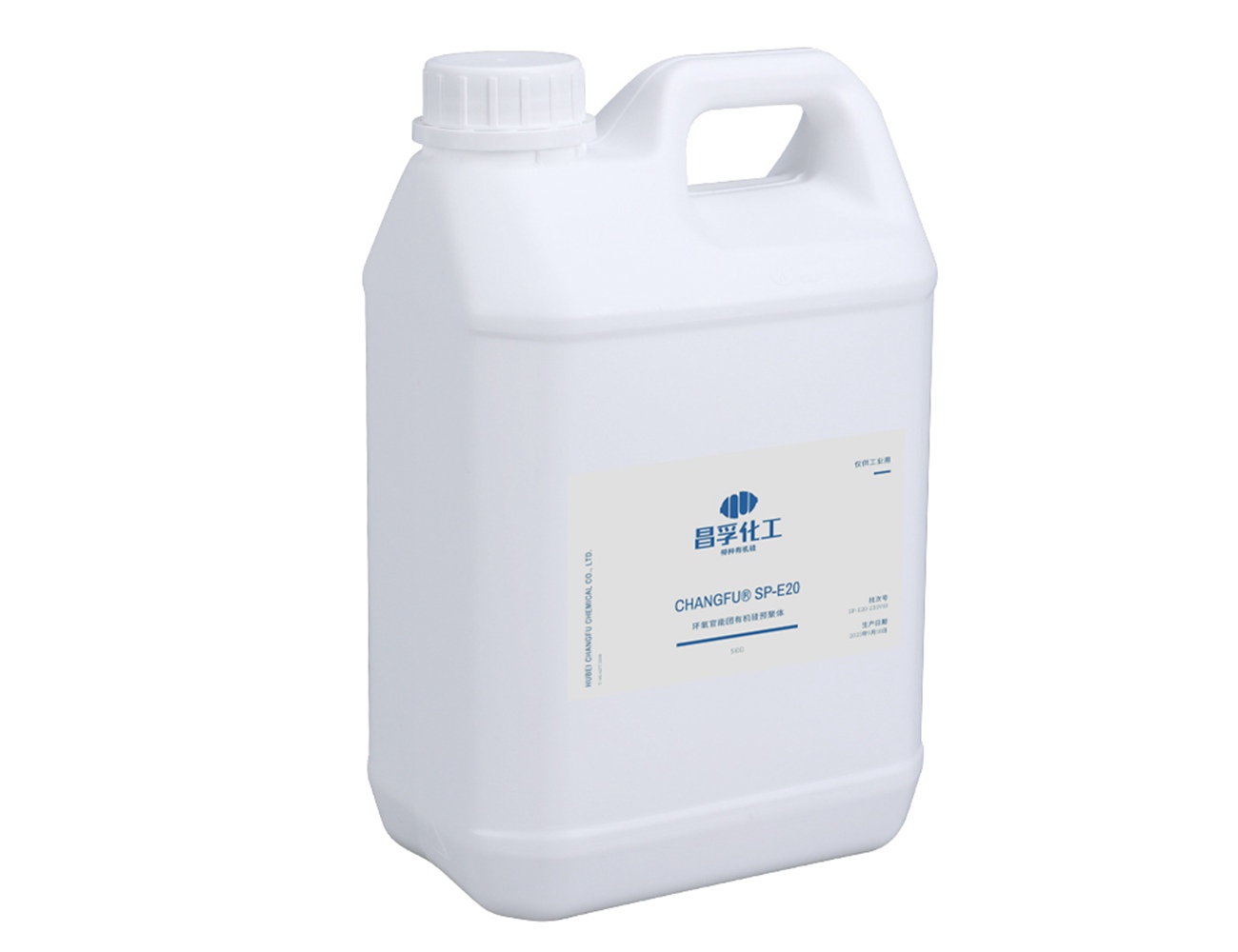
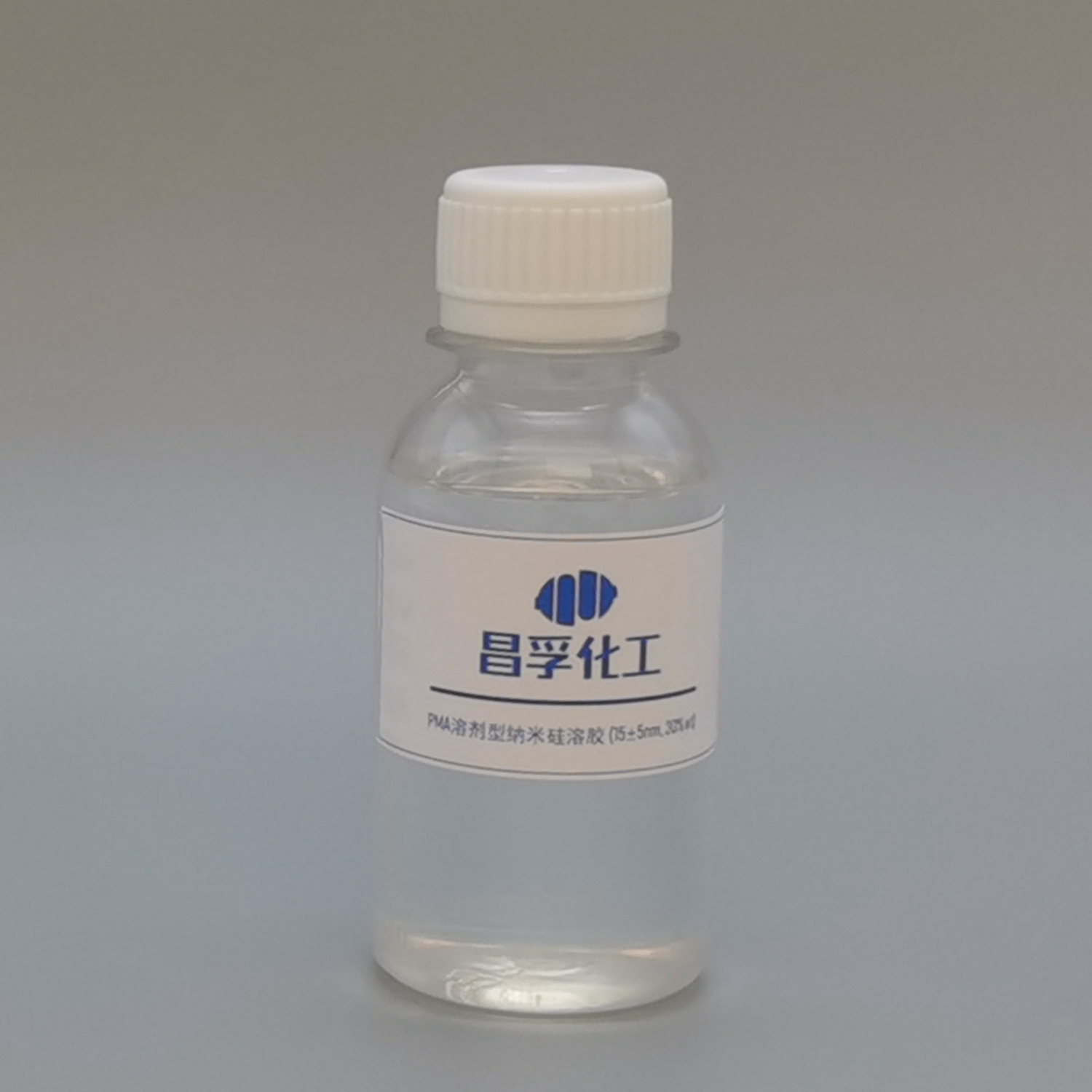
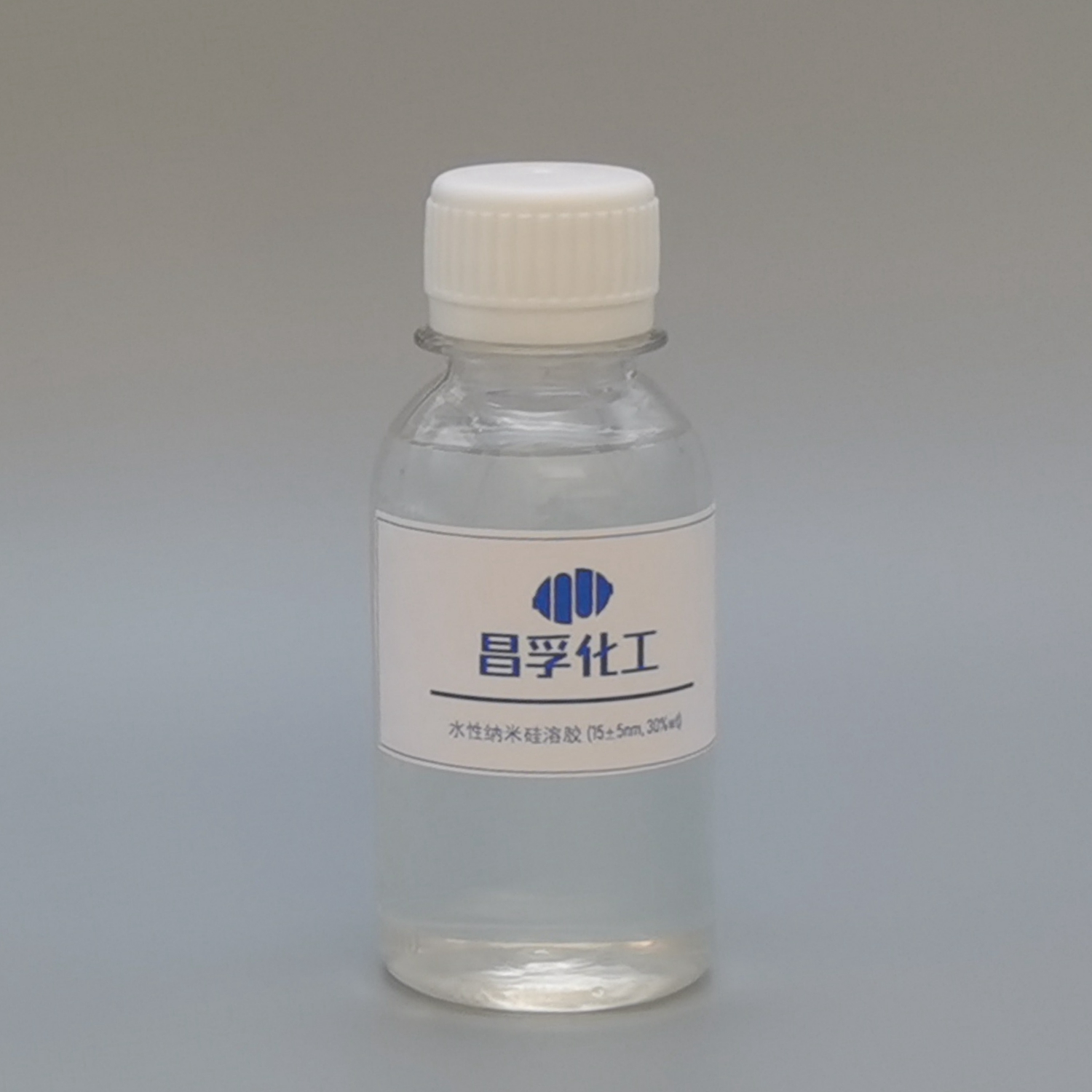

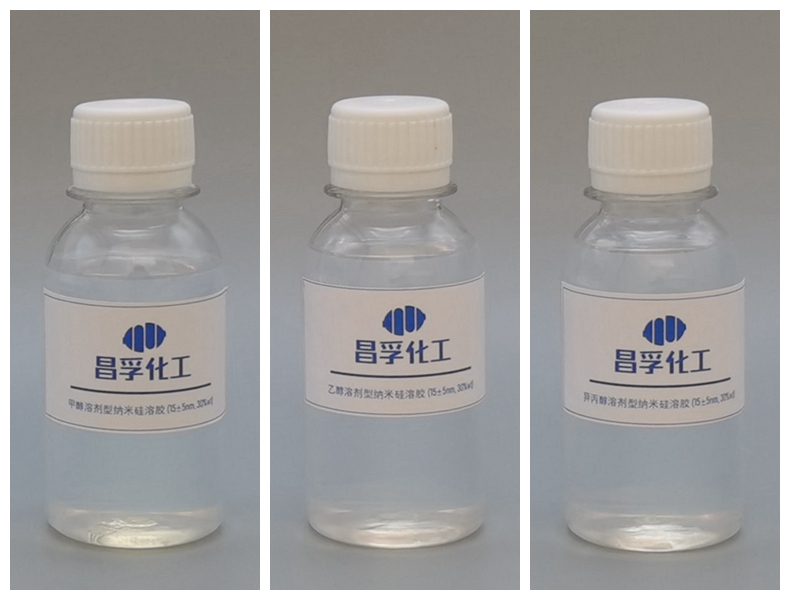
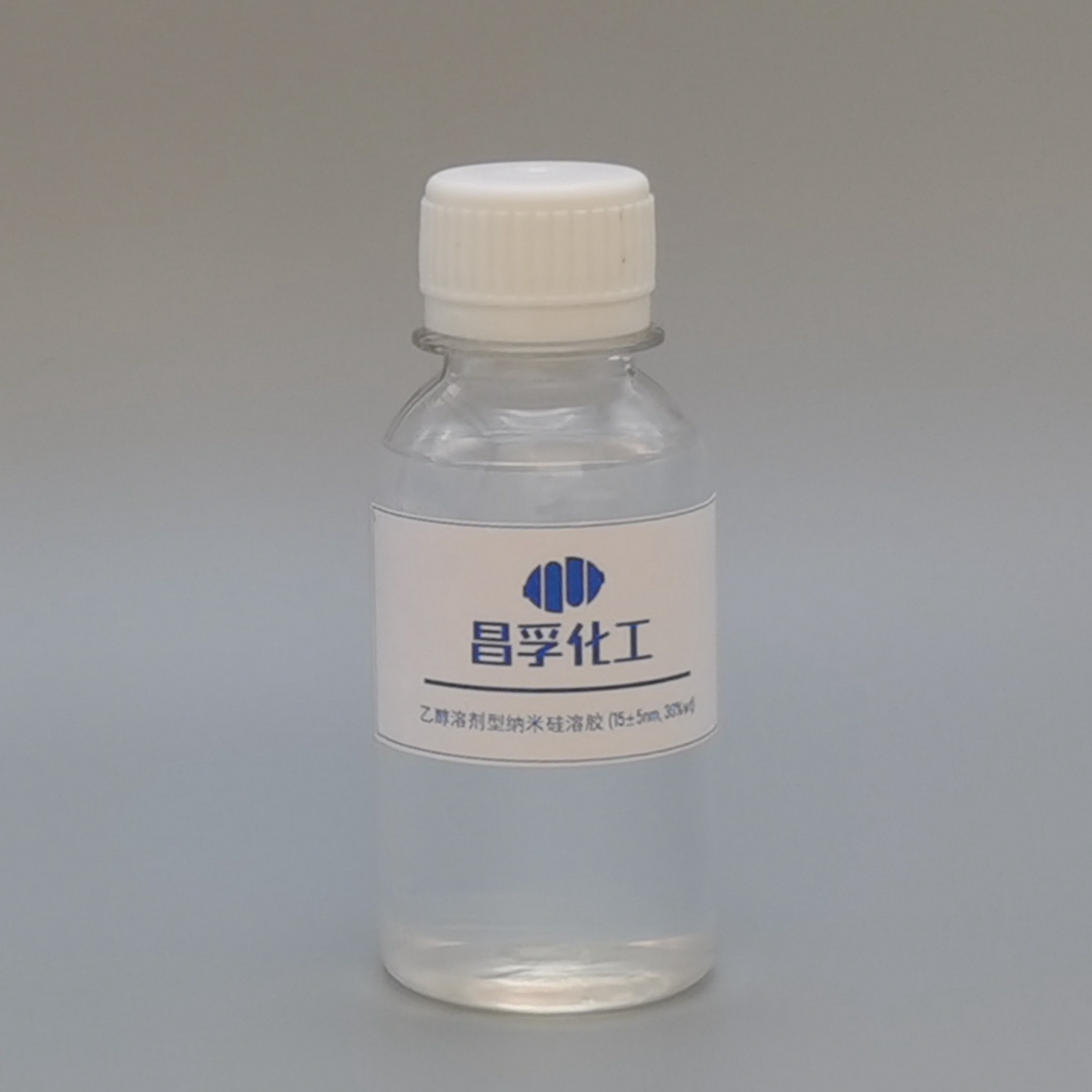
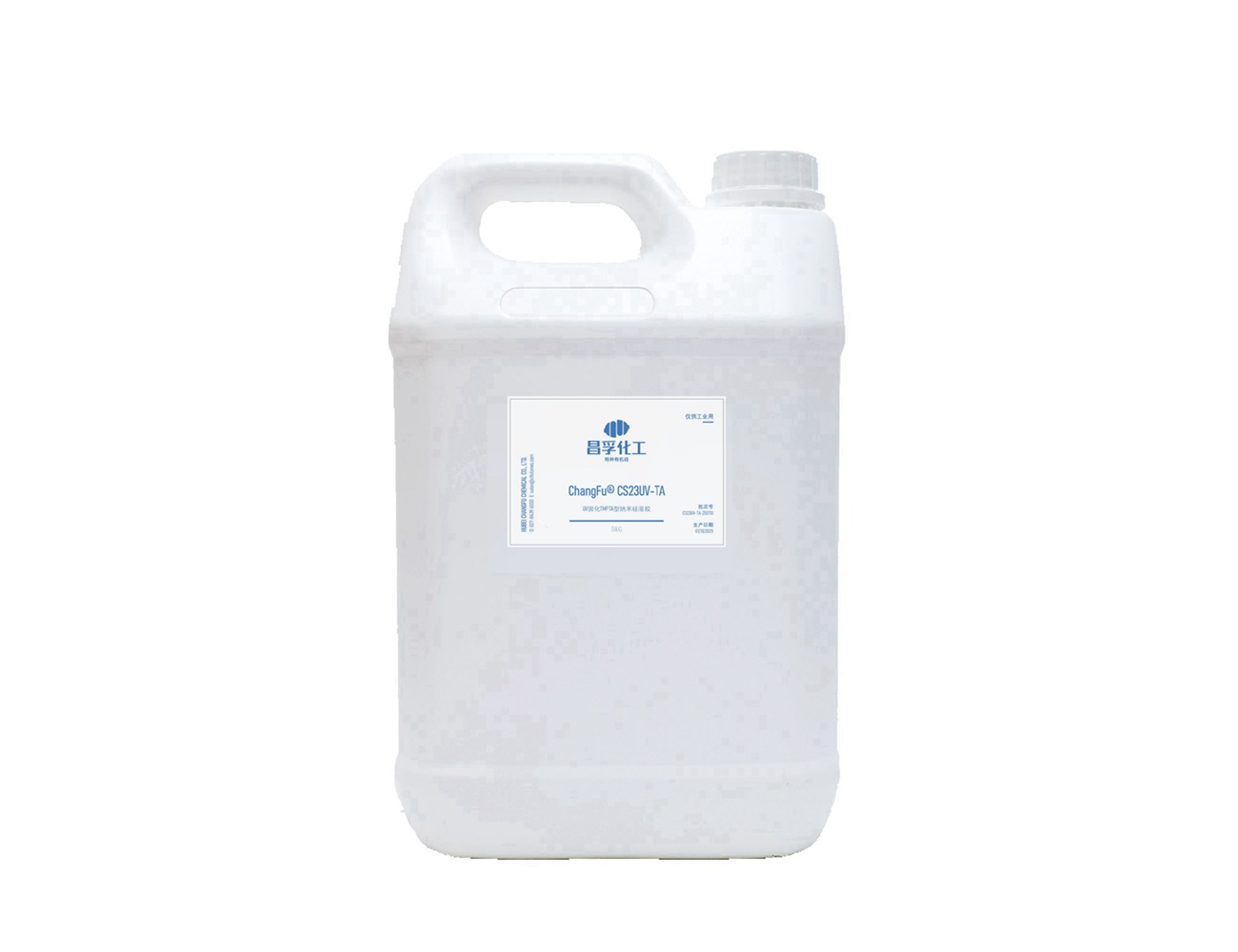
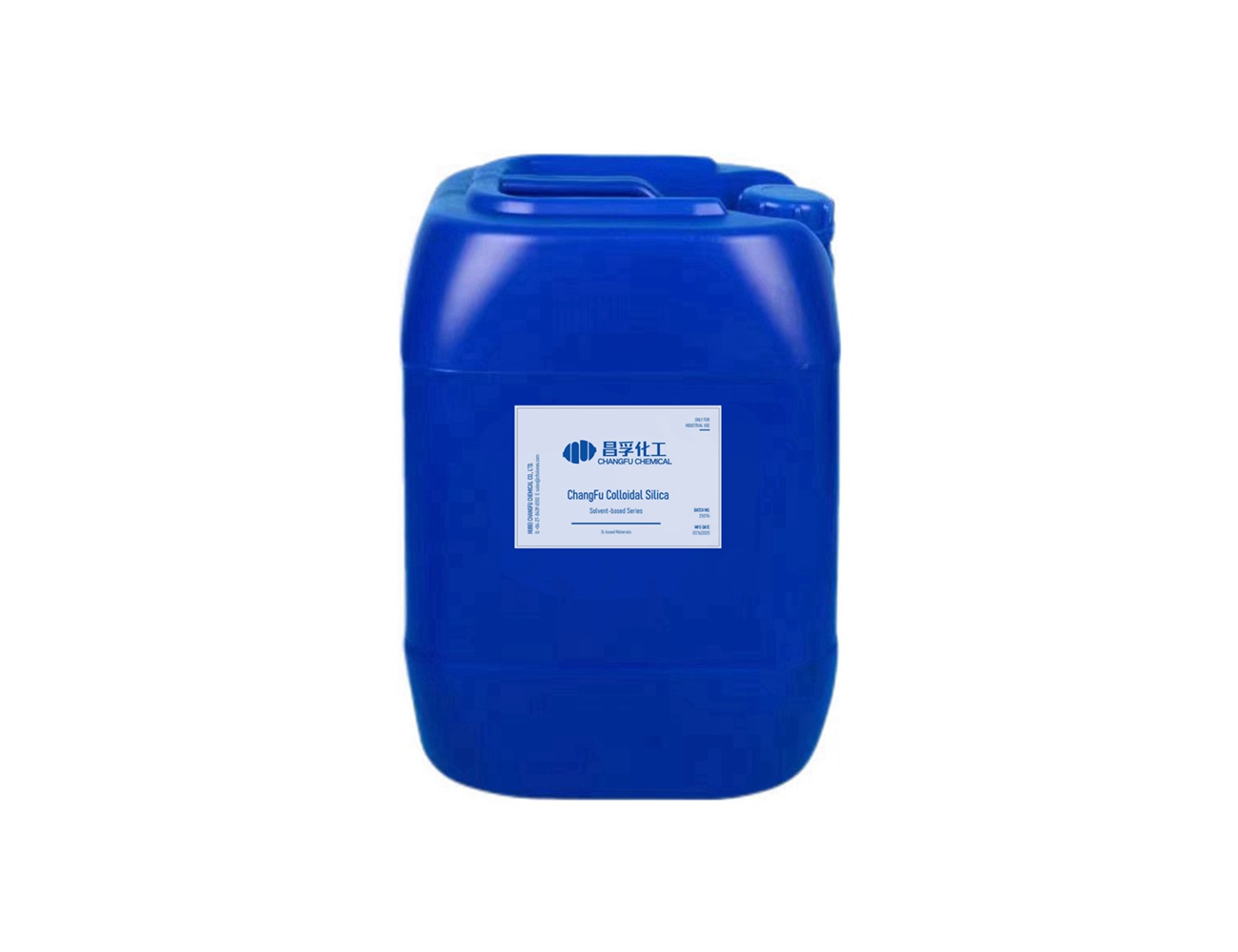


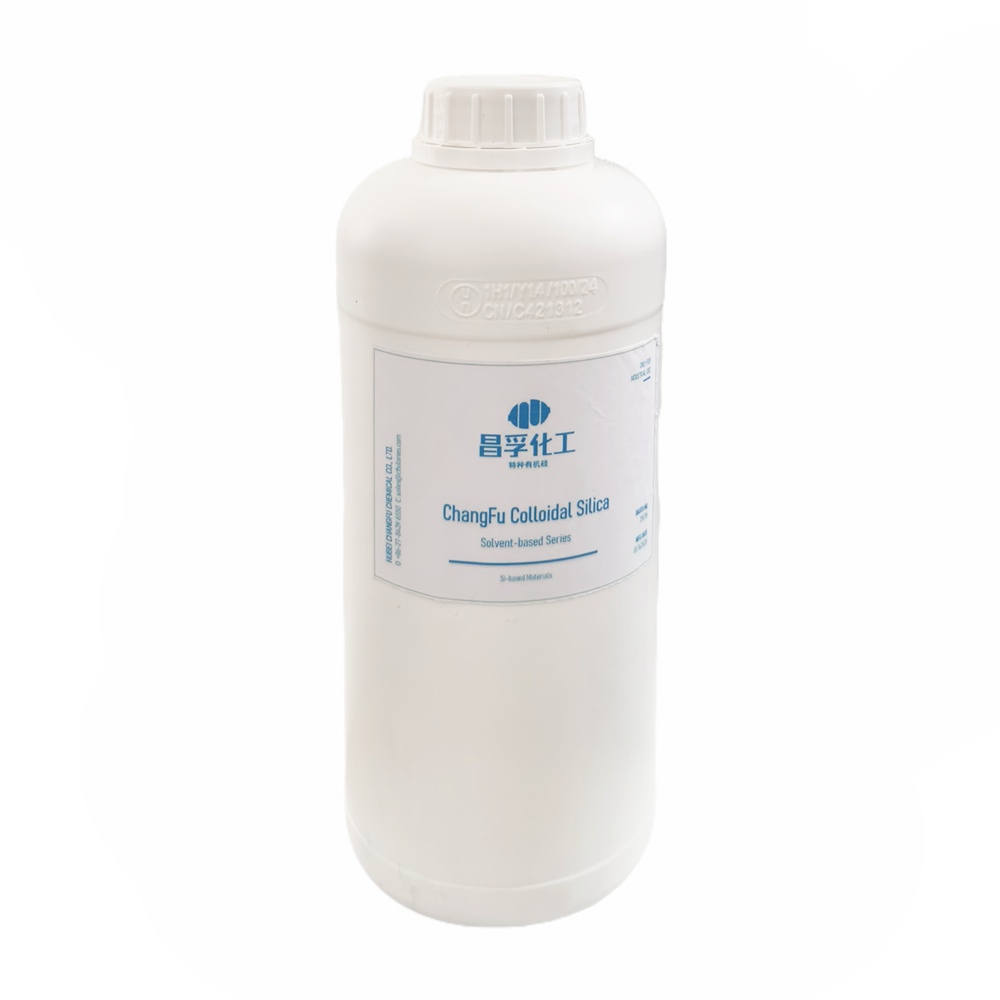


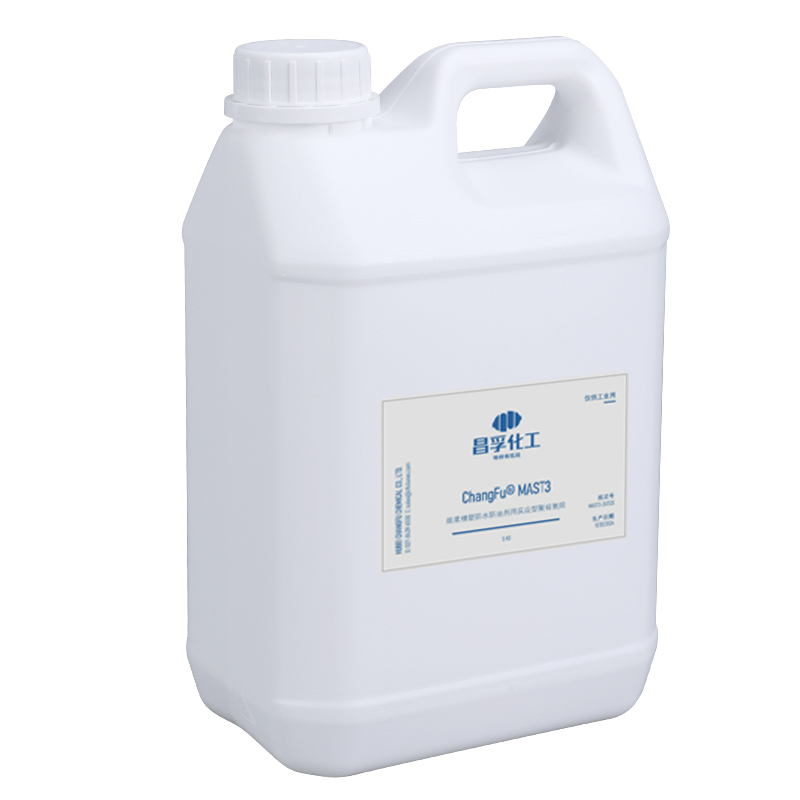





































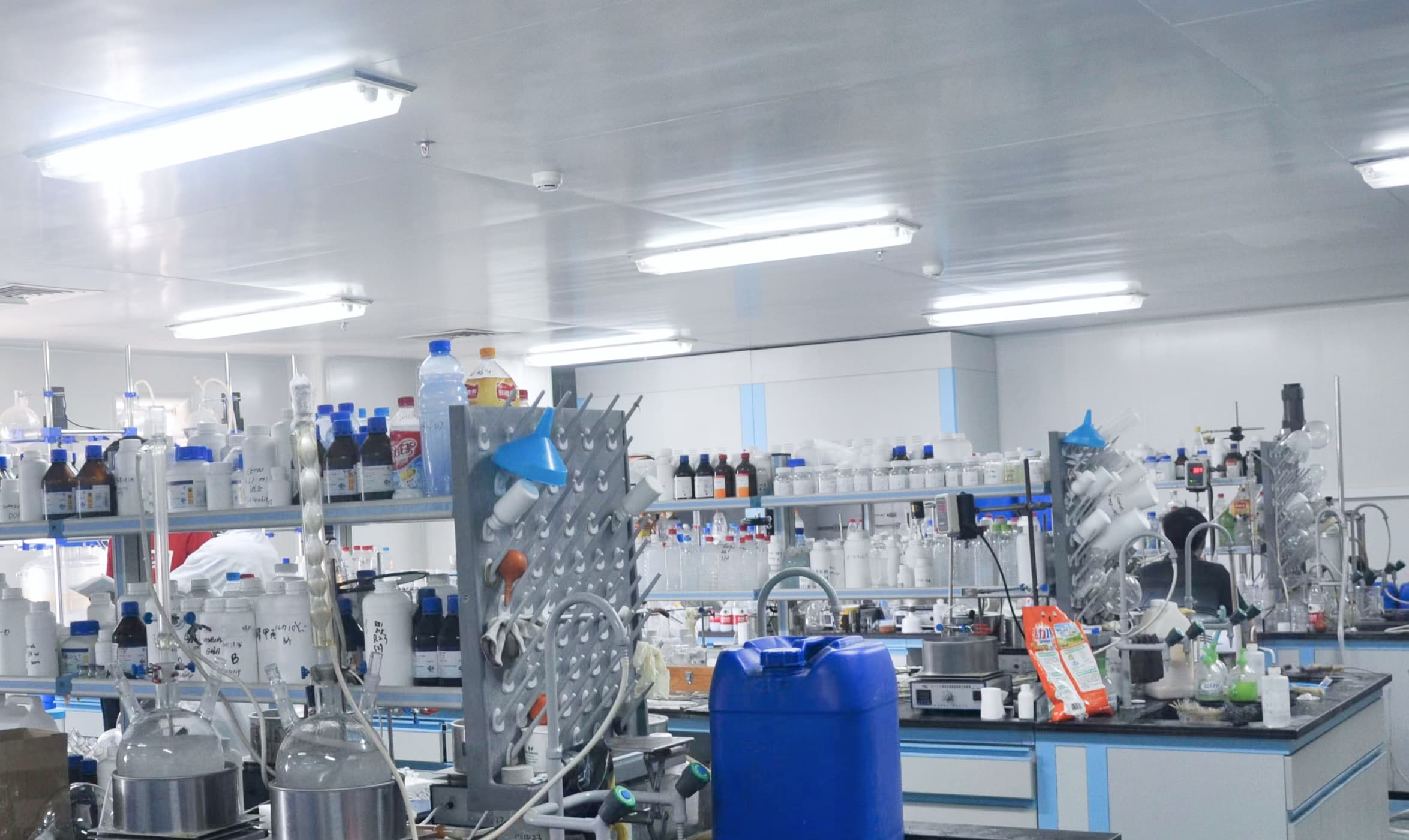

+86 27 8439 6550
+86 181 6277 0058
sales@cfsilanes.com
Optics Valley Bio-City
No. 666, Gaoxin Avenue
Hongshan District, Wuhan City

+86 27 8439 6550 | +86 181 6277 0058
sales@cfsilanes.com
Optics Valley Bio-City
No. 666, Gaoxin Avenue
Hongshan District, Wuhan City
Copyright © Hubei ChangFu Chemical Co., Ltd. All Rights




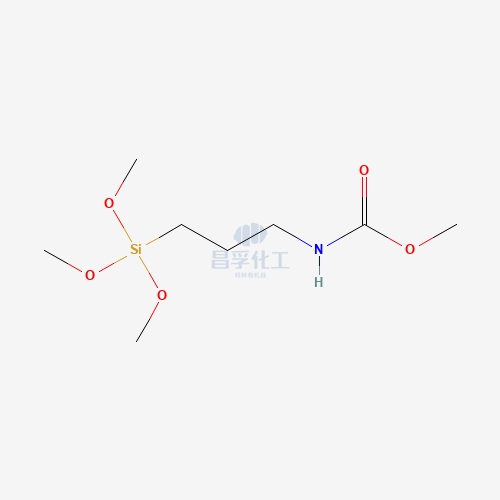
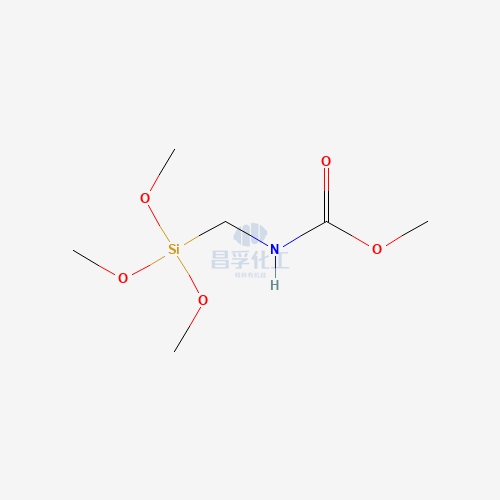
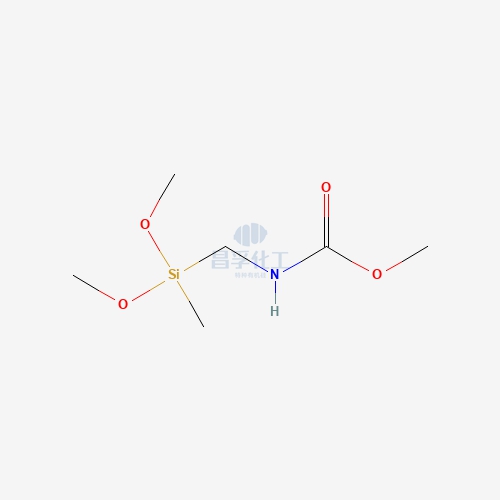
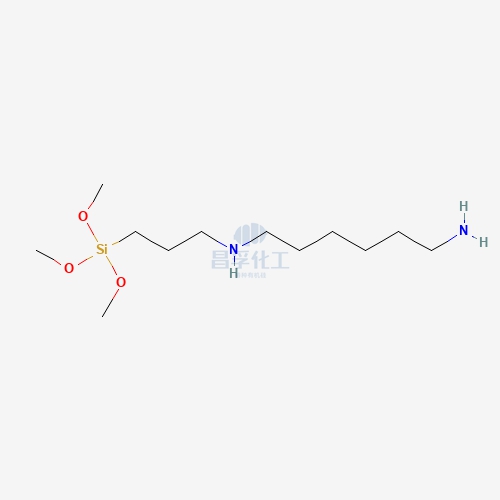
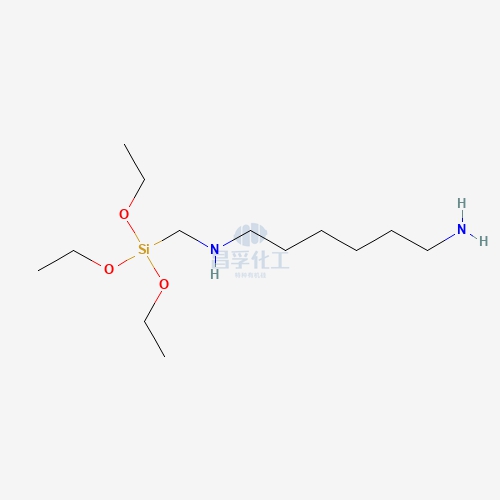
![N-[5-(Trimethoxysilylpropyl)-2-aza-1-oxopentyl]caprolactam CAS: 106996-32-1 106996 32 1 N-[5-(Trimethoxysilylpropyl)-2-aza-1-oxopentyl]caprolactam CAS: 106996-32-1 106996 32 1](https://cdn.yofishseo.com/1363882761272232/106996-32-1.jpg)
